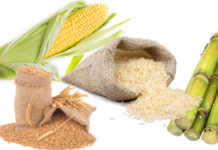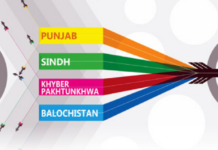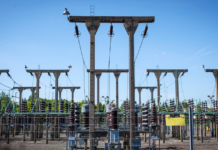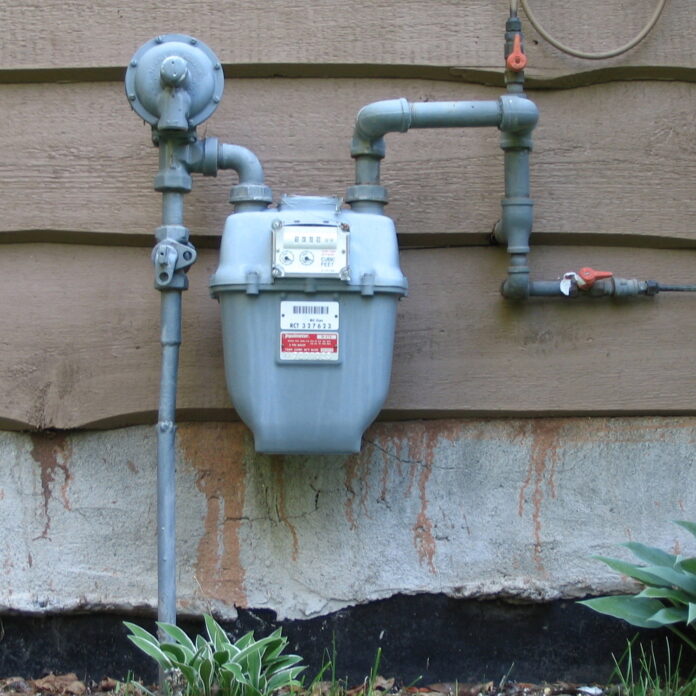ISLAMABAD: The Cabinet Committee on Energy (CCoE) is likely to allow Sui companies to process long-pending Re-gasified Liquefied Natural Gas (RLNG) connection requests at Oil and Gas Regulatory Authority (OGRA) determined tariffs.
According to industry sources, upcoming meeting of the CCoE is expected to allow Sui Northern Gas Pipelines Limited (SNGPL) and Sui Southern Gas Company Limited (SSGCL) to provide re-gasified liquefied natural gas (RLNG) connections to pending applicants at rates determined by the Oil and Gas Regulatory Authority (OGRA).
If the CCoE grants approval, the decision would end the years-long freeze on new domestic connections and help absorb the mounting surplus LNG volumes in the system, said sources.
The issue has remained under discussion since December 2022 when the CCoE approved the completion of incomplete gas development schemes from 2013 to 2018 but rejected proposals for new indigenous gas connections due to depleting reserves.
Since then, only RLNG-based connections have been permitted under earlier cabinet decisions, but distribution has been limited to new housing schemes and industries. The companies refrained from offering RLNG to applicants in areas already served by indigenous gas to avoid disputes over tariff differentials.
In July 2017, the federal cabinet had relaxed a moratorium to allow RLNG-based connections for industries, commercial entities, and new housing colonies, provided consumers bore the cost of laying dedicated pipelines. That policy created a dual system in which RLNG consumers paid significantly higher rates than indigenous gas users. The imbalance has generated hesitation within the Sui companies about extending RLNG offers to millions of pending domestic applicants.
As per sources, the official data has shown that both gas utilities have so far provided 33,808 RLNG-based connections, while more than 150,000 new applications for RLNG connections remain pending—136,903 with SNGPL and 14,086 with SSGCL. In parallel, SNGPL holds a backlog of 3.2 million indigenous gas connection requests, including 240,000 applicants who have already paid for connections and 4,000 who paid the Rs25,000 urgent fee. SSGCL has 19,797 such pending requests. Officials warn that without a formal framework, the risk of litigation over discriminatory tariffs remains high.
The surplus of imported LNG has added urgency to the matter. Pakistan State Oil (PSO) and Pakistan LNG Limited (PLL) have long-term supply contracts with Qatar Energy and ENI for 10 cargoes a month—equivalent to 1,000 million cubic feet per day (mmcfd). These agreements carry binding take-or-pay clauses requiring full payment regardless of domestic demand.
Initially intended to fuel new LNG-based power plants, the gas was expected to displace older, inefficient plants in the Economic Merit Order. But with alternative generation sources and declining demand from captive power producers following the imposition of a grid transition levy, consumption has dropped sharply.
SNGPL has already projected 11 surplus cargoes in the second half of 2025 and 40 in 2026. The utility has been diverting costly RLNG to households to absorb the excess, a move that pushed up gas prices in July 2025. The OGRA’s estimated revenue requirements for the current fiscal year placed the cost of RLNG diversion to households at Rs242 billion for 24 cargoes, triggering price hikes across consumer categories.
To ease pressure, SNGPL has also been curtailing indigenous gas production by 250–400 mmcfd to maintain system integrity. This measure has hurt exploration and production (E&P) companies, which also lose condensate, crude oil, and LPG output when natural gas flows are restricted. Industry representatives have warned that extended curtailments could reduce incentives for future upstream investment.
Against this backdrop, the Petroleum Division has proposed lifting the moratorium and allowing Sui companies to process all pending applications on RLNG at OGRA’s notified tariffs. The proposal has been circulated among key ministries and regulators for input. The Power Division has endorsed the plan, noting it could divert surplus LNG to meet unmet household demand at market-based prices while recommending a review of power sector off-take obligations.
The Finance and Planning Divisions have also supported the proposal, while OGRA has suggested a review of domestic consumer slabs and legal vetting by the Law Division.
The decision carries broader implications for Pakistan’s energy sector. While it would provide relief to millions of households awaiting connections, it also formalizes a shift toward higher-cost imported fuel at a time when indigenous reserves are depleting. Consumer groups have long protested rising gas bills, and analysts warn that extending RLNG connections could entrench structural price disparities.
For the government, the move may offer short-term relief by reducing LNG surpluses and avoiding costly take-or-pay penalties, but it also underscores the country’s growing reliance on imported energy. With domestic production declining and exploration slowing, Pakistan’s dependence on RLNG is expected to deepen in the years ahead, raising concerns about affordability and energy security.























